The wheels that came installed on your vehicle are designed to perfectly fit your vehicle’s suspension, gearing, and bodywork which can affect ride quality and vehicle performance. But that doesn’t mean you can’t have different wheels or rims installed on your car or truck. To understand what wheels will work for your vehicle, we’ll take a look at rim sizes and some basic measurements.
There are many reasons you might want to switch out your rims. Maybe you want an extra set of wheels and tires for easy installation every winter, or you’re looking for added performance and handling. You might even be going for a specific look, including sleek and stylish or rugged and cool. Whatever your reason, it’s important to note that getting the wrong wheel setup could cause a vibration, or some rubbing on suspension components or vehicle body parts.
Les Schwab Tip: Before you change the tire sidewall height, tread width, or rim size on your vehicle, talk to the experts first. We’ll help translate the difference in RPM, tire speed, load index, and speed rating and how it will or will not fit with your vehicle’s suspension, gearing, and bodywork.
First, start with the wheel size for your vehicle. You can find that on the sidewall of the tires on your original wheels or the inside frame of the driver’s door. Check out Tire Size Explained (Reading the Sidewall) for more.
The wheel diameter (in inches or millimeters) is the fifth set of numbers and letters. What do rim size numbers mean? This number represents the distance between the two bead seat areas where the tire is sealed onto the wheel.
The wheel size also includes its width and offset. The width is the distance from each bead seat (from inside to the outside). The offset determines how the wheel and tire set aligns with the wheel well.
The offset is how far inward or outward the mounting surface is in reference to the center-line of the wheel. The center-line is calculated by simply dividing the wheel into two equal halves. Les Schwab has the tools to accurately measure your center-line.
The center-line is calculated by simply dividing the wheel into two equal halves. Les Schwab has the tools to accurately measure your center-line.
The offset is how far inward or outward the mounting surface is in reference to the center-line of the wheel.
Here's how offset determines the look of your rims. If the hub mounting surface is in front of the center-line, your rims and tire will be pulled inward. This is called positive offset.
If they are behind the centerline, your rims and tire will stick out from the body of the vehicle. This is negative offset.
Les Schwab Tip: Measuring the offset on your vehicle is difficult without removing the tire and wheel. Consult the pros to get the right fit.
To ensure a set of rims fit properly on your vehicle, you’ll need the hub size on your car or truck as well as the wheel center bore measurement and number of wheel studs (as well as the distance between those studs). Les Schwab has those measurements for your vehicle, including bolt patterns.
Les Schwab has those measurements for your vehicle, including bolt patterns.
Most vehicles come with a 4-, 5-, 6-, or 8-lug pattern. These bolt patterns, which are specifically spaced, help narrow your wheel or rim choices. While counting the number of bolts on your vehicle is important before buying a set of rims, it’s vital the wheels you choose match the spacing between the wheel studs on your vehicle.
To measure a 4-lug pattern on a set of rims, measure from the center of two holes across from each other. For a 5-lug pattern, measure from the outside of one wheel stud hole and the center of the opposite. And for 6- and 8-lug patterns, measure from the center of one hole to the center of the opposite wheel stud hole. You’ll either need this measurement in inches or millimeters, depending on the wheel manufacturer.
Remember, there’s no need to take these measurements on your own. The pros at Les Schwab do it every day and can ensure you get the right rims for your vehicle.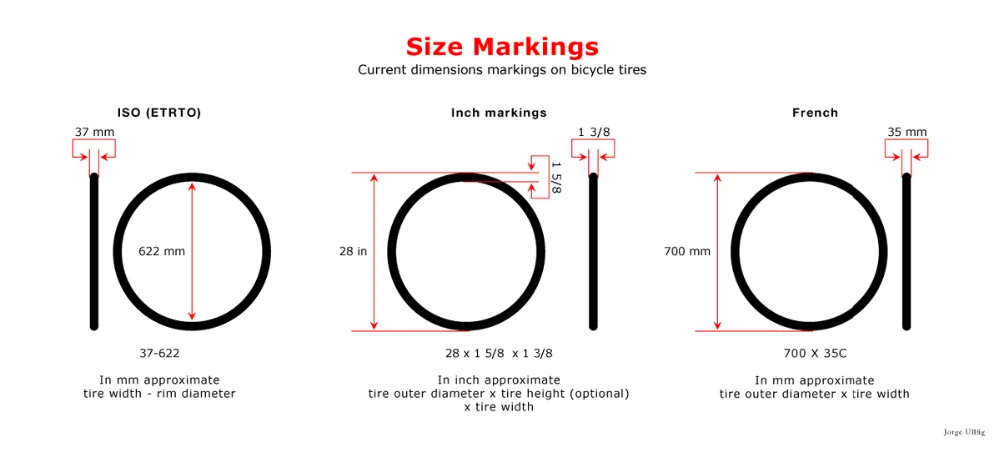
At Les Schwab, we take pride in our custom wheel expertise. Stop by and ask about new wheels for your vehicle. We’ll show you all of your options, whether you’re going for a new look, a boost in performance, a new set of wheels for your winter tires, or simply as a replacement of your current set.
Find A Store Near You
Easily the most challenging cosmetic issue facing your car building project is wheel and tire selection, along with proper fitment. Few things are more discouraging than spending a fortune for new wheels and tires only to discover they do not fit, or perhaps they just don’t look right on your vehicle. Wheels that look sharp on a Camaro may not hold water on a Chevelle. Wheel sizing is also critical. Some enthusiasts want as much wheel and tire as they can stuff in a wheelwell. However, sometimes too big is just too big, making your Camaro look like something of a circus wagon instead of a fierce muscle car.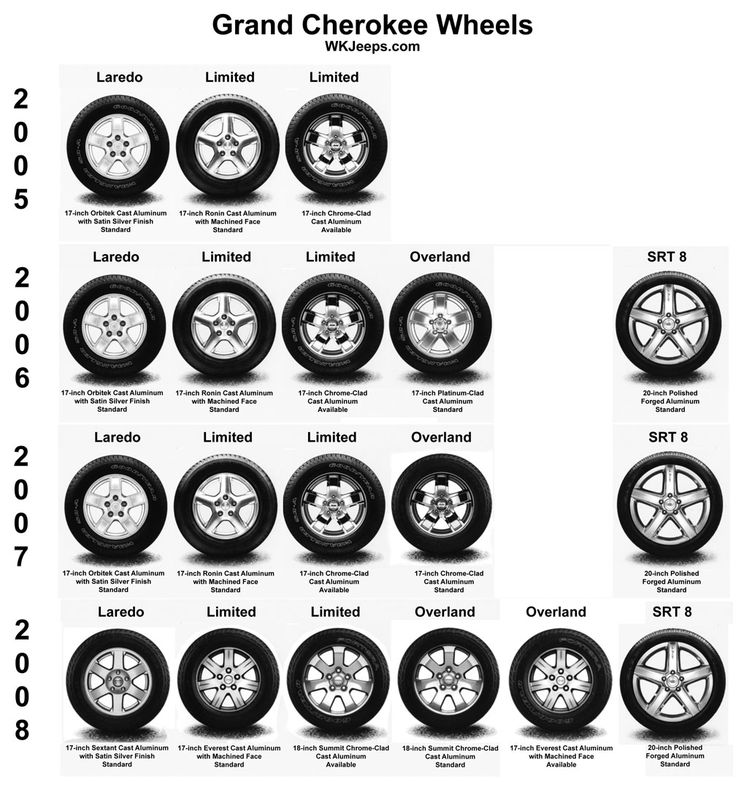
Chris Plump of American Racing is here to set the record straight on how to measure and select a wheel for a perfect fit. Chris says to never to guess, but know exactly what wheel and tire combo is going to fit your Chevy and be user friendly where the rubber meets the road. You shouldn’t go at wheel and tire selection willy-nilly because this is one of the largest investments you’ll make for your car next to engine and driveline upgrades, and perhaps suspension.
The first order of business is wheel size. There’s wheel width and there’s advertised wheel width. A popular misconception according to Chris is the belief advertised wheel width is wheel width. It isn’t. Advertised wheel width is from bead seat to bead seat. The bead seat is where the tire meets the rim. Actual wheel width is from face to face, meaning from the outermost part of the wheel from side to side.
If you order a wheel based on a manufacturer’s specifications of 8. 00 inches wide, you’re actually ordering a 9.00-inch wide wheel. In other words, an advertised wheel width of 8.00 inches is actually 9.00 inches wide. If you’re cutting wheel fitment close, ordering an 8.00-inch wheel width could get you into trouble when it’s time for mounting. Another issue is sidewall tire bulge beyond the 9.00-inch actual wheel width.
00 inches wide, you’re actually ordering a 9.00-inch wide wheel. In other words, an advertised wheel width of 8.00 inches is actually 9.00 inches wide. If you’re cutting wheel fitment close, ordering an 8.00-inch wheel width could get you into trouble when it’s time for mounting. Another issue is sidewall tire bulge beyond the 9.00-inch actual wheel width.
Backspacing is where wheel fitment and selection gets tricky because everyone has a different interpretation of backspacing and where measurements take place.
Here’s how it is done: Lay a straightedge across the back of the wheel at the lip. Measure from the straightedge to the flange (wheel center and lug holes). This is the wheel’s backspace.
Another hot button item that trips up a lot of us is hub diameter. Take a pair of calipers and measure the hub at its largest point. You want the wheel to fit on the hub nice and snug, but not an interference fit where you feel like you need to force the wheel. The wheel should glide right onto the hub and stay there. Once you have hub diameter sorted out, check hub length. How far does the hub stick out? It has to be able to fit inside the wheel center cap.
The wheel should glide right onto the hub and stay there. Once you have hub diameter sorted out, check hub length. How far does the hub stick out? It has to be able to fit inside the wheel center cap.
The bottom line with wheel fitment is you must know the overall size of a wheelwell by the time you sit down to place an order with American Racing. The vehicle must be sitting at proper ride height when you begin measuring all dimensions. You must also allow for suspension movement, which can be significant as you cruise down the road and encounter the many irregularities. If you’re going road racing or autocrossing there’s another consideration in the measuring process. How much will your suspension move sideways as you cut the apexes?
Getting Started
There are tools of the trade you’re going to need to properly measure a wheelwell for proper wheel and tire fitment. Here’s what you’ll need:
Straightedge
Yardstick (ideally steel)
Tape measure
Fine thread nuts that fit your lug studs (you may also use lug nuts)
Flat washers of the same size
1. The sheer number of wheel and center combinations at American Racing is stunning because there are so many that can be custom-ordered and made to your backspace and offset in any style you desire.
The sheer number of wheel and center combinations at American Racing is stunning because there are so many that can be custom-ordered and made to your backspace and offset in any style you desire.
2. Chris Plump at American Racing tells us there is a real difference between advertised wheel width and actual wheel width. Advertised wheel width is from bead seat to bead seat inside the rim. Actual wheel width is from lip to lip, which adds at least 1-inch to the advertised wheel width. Also, keep sidewall bulge (width) in mind, which goes beyond actual width by as much as 1 inch depending upon the tire and inflation.
3. Wheel diameter is measured from lip to lip across the wheel’s diameter.
4. Wheelhouse height comes into play as shown from inside the trunk or outside of the wheelhouse. Wheelhouse modifications, such as tubs, will change everything.
5. Using a yardstick fastened to the brake rotor hub as shown, measure the distance from the hub to the top of the wheelwell. To get an accurate measurement and proper clearance, put vehicle weight on the axle to get true vehicle ride height. Measure from the center of the wheelwell as well as to each side—three measurement points.
Using a yardstick fastened to the brake rotor hub as shown, measure the distance from the hub to the top of the wheelwell. To get an accurate measurement and proper clearance, put vehicle weight on the axle to get true vehicle ride height. Measure from the center of the wheelwell as well as to each side—three measurement points.
6. Here, Chris Plump measures brake caliper clearance. This can be a slippery slope because there are variations in disc brake packages. You want 0.060-0.100-inch clearance between the wheel and caliper due to thermal expansion of the brake caliper when it is hot. It is strongly suggested you go even greater than 0.100-inch to be safe.
7. Next, measure from the brake hub with a straightedge to the inside of the wheelwell in front or wheelhouse in back. In this case, we’re talking 10 inches.
8. We’re measuring from the hub to the brake rotor flange here.
9. Here’s another way of looking at a wheelhouse. In back, measure with a yardstick/straightedge from the lugs to the top of the wheelhouse at three locations just to make sure you are covered. Make sure you have supported the axle to achieve true vehicle ride height.
10. When it’s time to build a wheel at American Racing, these wheels are precision-checked for runout, which checks the rim for irregularities.
11. This is the wheel assembly turntable. These are shims designed to hold the wheel stationary and on spec in the jig.
12. The wheel is heated as shown to achieve expansion for wheel center installation. The wheel expands, which makes room for installation. The center is positioned and welded.
13. American Racing can produce nearly any wheel size/center combination imaginable.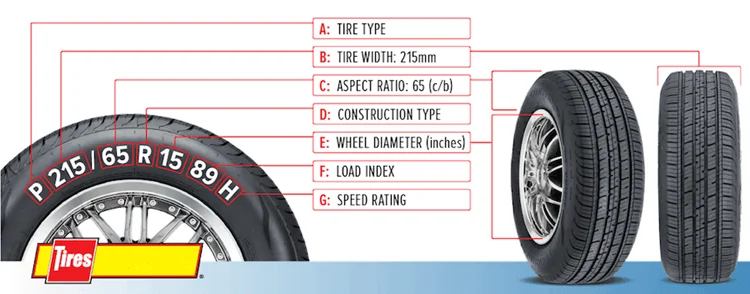 When you visit American Racing, it’s like being a kid in a toy store. Endless selection with great-looking centers.
When you visit American Racing, it’s like being a kid in a toy store. Endless selection with great-looking centers.
14. Here’s a wheel center along with the corresponding order. Once you’ve established exactly what you want in terms of size and style, American Racing builds the wheel to your order. This is why you must measure the wheelwells in great detail as they relate to the axles and brakes. Before you is the birth of a VF502 wheel.
15. A custom-ordered wheel center is placed inside the wheel as shown and readied for welding.
16. The wheel and center are set up in this special jig for welding. Welding is automatic and spot-on perfect.
17. Check it out. This precision-welded wheel and center are good to go for our 1969 Camaro project.
18. How wide do you want? Here’s a custom wheel born for drag racing.
19. All American Racing wheels are dynamic balanced for smoothness. When you receive your set, you can know with great confidence the wheels are true and have been balanced.
20. Our American Racing VF502 Forged wheels are a perfect fit thanks to Chris Plump’s close attention to detail during the measuring process. Measure thrice, build once. This is where you must take your time and check measurements at least three times and write them down. We stress three times because this is too important to screw up.
21. Before you mount tires to the wheels, install the wheels and check the lip-to-chassis clearance to be sure it’s acceptable. In short, check all dimensions when your wheels arrive.
Photos: Steven Rupp
Do you want to choose a tire for your car, but do not understand tire markings well? It's not a problem! In this section, we will help you figure out what tire parameters are, what they mean, and which tire is right for your car.
195/65 R15 91 TXL
195 is the tire width in mm.
65 - Proportionality, i.e. profile height to width ratio. In our case, it is equal to 65%. Simply put, with the same width, the larger this indicator, the higher the tire will be and vice versa. Usually this value is simply called “profile”.
Since the tire profile is a relative value, it is important to take into account when choosing rubber that if you want to put tires with a size of 205/65 R15 instead of the size 195/65 R15, then not only the width of the tire will increase, but also the height! Which in most cases is unacceptable! (except when both of these sizes are indicated in the car's operating book). You can calculate the exact data on changing the outer dimensions of the wheel in a special tire calculator.
If this ratio is not specified (for example, 185/R14C), then it is equal to 80-82% and the tire is called full profile. Reinforced tires with this marking are usually used on minibuses and light trucks, where a large maximum wheel load is very important.
Reinforced tires with this marking are usually used on minibuses and light trucks, where a large maximum wheel load is very important.
R - means a tire with a radial cord (in fact, almost all tires are made this way now).
Many mistakenly believe that R- means the radius of the tire, but this is precisely the radial design of the tire. There is also a diagonal design (indicated by the letter D), but recently it has practically not been produced, since its performance is noticeably worse.
15 - wheel (rim) diameter in inches. (It is the diameter, not the radius! This is also a common mistake). This is the “landing” diameter of the tire on the disk, i.e. is the inside size of the tire or the outside of the rim.
91 - load index. This is the level of maximum permissible load on one wheel. For passenger cars, it is usually done with a margin and is not a decisive factor when choosing tires (in our case, IN - 91 - 670 kg. ). For minibuses and small trucks, this parameter is very important and must be observed.
). For minibuses and small trucks, this parameter is very important and must be observed.
T - tire speed index. The larger it is, the faster you can ride on this tire (in our case, IS - H - up to 210 km / h). Speaking about the tire speed index, I would like to note that with this parameter, the tire manufacturer guarantees the normal operation of the rubber when the car is constantly moving at the specified speed for several hours.
There are two different markings for American tires. The first one is very similar to the European one, only the letters “P” (Passanger - for a passenger car) or “LT” (Light Truck - light truck) are placed before the size. For example: P 195/60 R 14 or LT 235/75 R15. And another tire marking, which is fundamentally different from the European one.
Example: 31x10.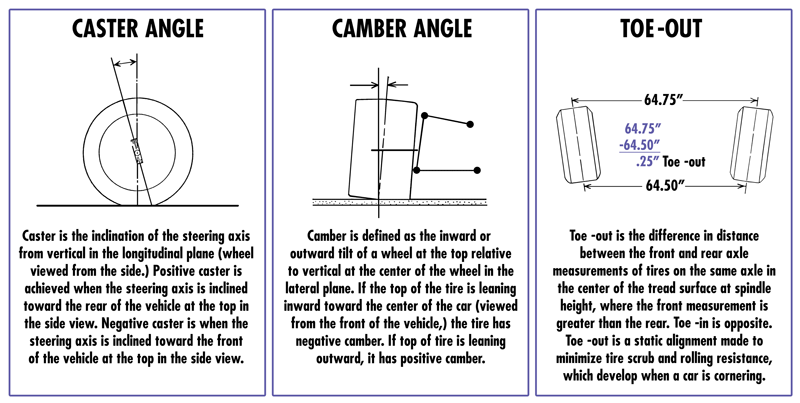 5 R15 (corresponding to European size 265/75 R15)
5 R15 (corresponding to European size 265/75 R15)
31 is the outside diameter of the tire in inches.
10.5 is tire width in inches.
R - a tire with a radial design (older tire models were with a diagonal design).
15 is the inner diameter of the tire in inches.
Generally speaking, except for inches that are unusual for us, the American tire marking is logical and more understandable, unlike the European one, where the height of the tire profile is not constant and depends on the width of the tire. And here everything is simple with decoding: the first digit of the standard size is the outer diameter, the second is the width, the third is the inner diameter.
XL or Extra Load is a reinforced tire, the load index of which is 3 units higher than that of conventional tires of the same size. In other words, if a given tire has a load index of 91 marked XL or Extra Load, then this means that with this index, the tire is able to withstand a maximum load of 670 kg instead of 615 kg (see the table of tire load indices).
In other words, if a given tire has a load index of 91 marked XL or Extra Load, then this means that with this index, the tire is able to withstand a maximum load of 670 kg instead of 615 kg (see the table of tire load indices).
M+S or M&S tire marking (Mud + Snow) - mud plus snow and means that the tires are all-season or winter. Many summer tires for SUVs are labeled M&S. However, these tires must not be used in winter, as winter tires have a completely different rubber compound and tread pattern, and the M&S badge indicates good flotation performance.
All Season or AS all season tires. Aw (Any Weather) - Any weather.
Pictogram * (snowflake) — rubber is designed for use in harsh winter conditions. If this marking is not on the sidewall of the tire, then this tire is intended for use only in summer conditions.
Aquatred, Aquacontact, Rain, Water, Aqua or pictogram (umbrella) - special rain tires.
Outside and Inside ; asymmetric tires, i.e. It is important not to confuse which side is the outside and which is the inside. When installing, the Outside inscription must be on the outside of the car, and Inside on the inside.
RSC (RunFlat System Component) - RunFlat tires are tires on which you can continue to drive a car at a speed of no more than 80 km / h with a FULL drop in pressure in the tire (due to a puncture or cut). On these tires, depending on the manufacturer's recommendations, you can drive from 50 to 150 km. Different tire manufacturers use different designations for RSC technology. For example: Bridgestone RFT, Continental SSR, Goodyear RunOnFlat, Nokian Run Flat, Michelin ZP etc.
Rotation or arrow This marking on the tire sidewall indicates a directional tire. When installing the tire, you must strictly observe the direction of rotation of the wheel, indicated by the arrow.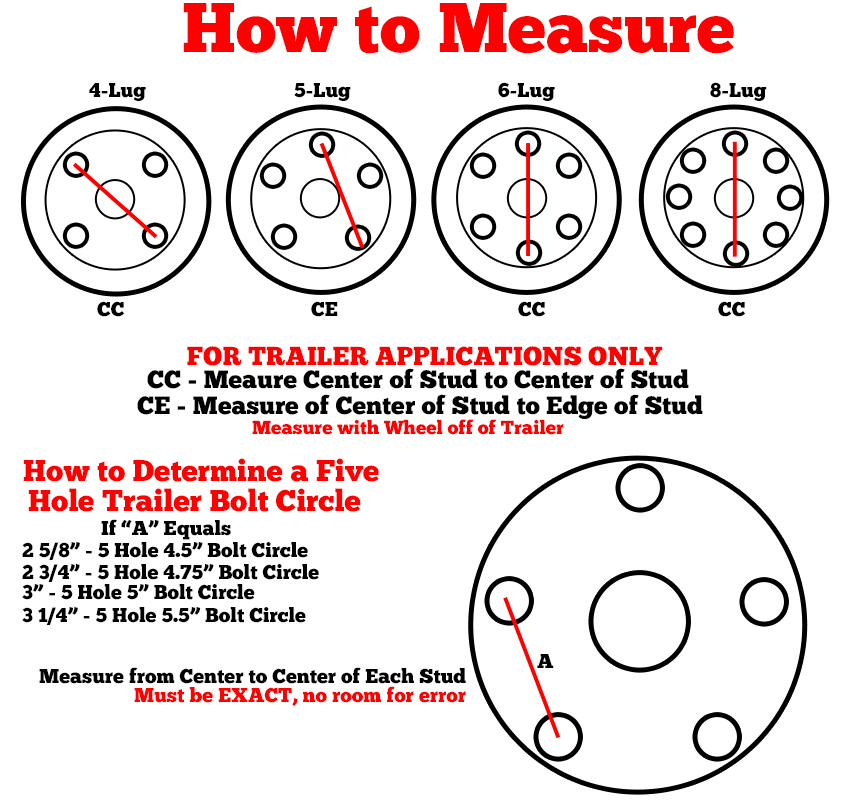
Tubeless - tubeless tire. In the absence of this inscription, the tire can only be used with a camera. Tube Type - indicates that this tire must be used only with a tube.
Max Pressure ; maximum allowable tire pressure. Max Load - the maximum allowable load on each wheel of the car, in kg.
Reinforced or the letters RF in the size (for example 195/70 R15RF) means that this is a reinforced tire (6 layers). The letter C at the end of the size (for example 195/70 R15C) indicates a truck tire (8 layers).
Radial this marking on the rubber in the standard size means that this is a radial construction tire. Steel means that there is a metal cord in the tire structure.
Letter E (in a circle) - the tire meets the European requirements of ECE (Economic Commission for Europe). DOT (Department of Transportation - US Department of Transportation) is an American quality standard.
Temperature A, B, or C Temperature resistance of the tire at high speeds on the test bench (A is best).
Traction A, B, or C Tire wet braking capability.
Treadwear ; relative expected mileage compared to a specific US standard test.
TWI (Tread Wear Indiration) - tire tread wear indicators. The marking on the TWI wheel can also be with an arrow. Pointers are located evenly in eight or six places around the entire circumference of the tire and show the minimum allowable tread depth. The wear indicator is made in the form of a protrusion with a height of 1.6 mm (the minimum tread value for light vehicles) and is located in the tread recess (usually in the drainage grooves).
DOT - Manufacturer's coded address, tire size code, certificate, issue date (week/year).
Find tires / tire catalog How to choose the right tires for your car? In the off-season, for many drivers, this is the most pressing issue.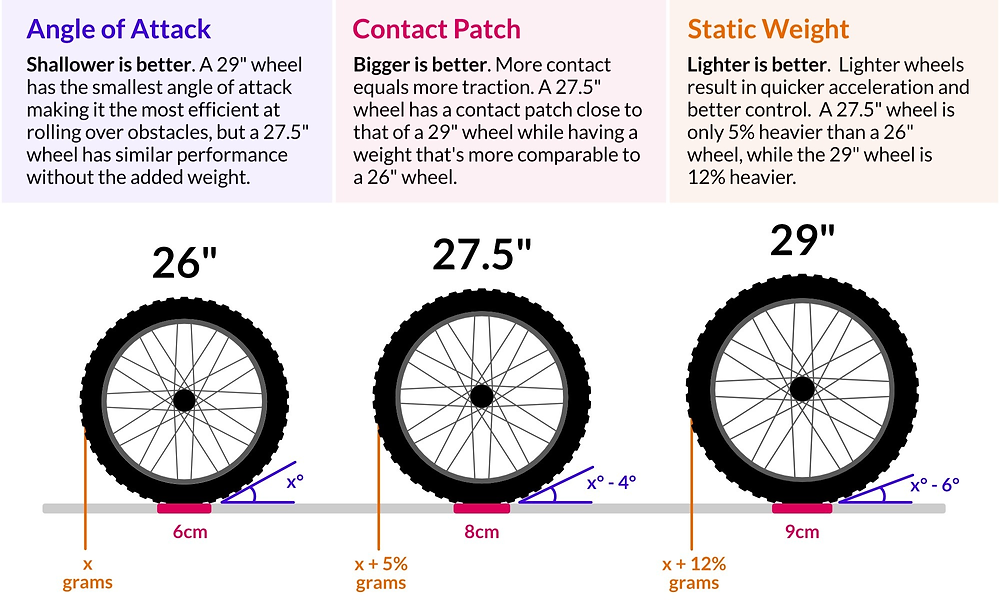 The necessary information about the dimensions, speed and loading characteristics of tires can be easily found in the car's operating manual. Sergey Mishin, head of the tire test group of Za Rulem magazine, talks about how to navigate the tire markings and what threatens mistakes in choosing winter and summer tires.
The necessary information about the dimensions, speed and loading characteristics of tires can be easily found in the car's operating manual. Sergey Mishin, head of the tire test group of Za Rulem magazine, talks about how to navigate the tire markings and what threatens mistakes in choosing winter and summer tires.
Related materials
Tire test group ZR answers questions
The main "metrics" of the tire are hidden in a set of numbers printed on the sidewall. Take, for example, 195/65R15.
The first (195) indicates the width of the tire section in millimetres. The second (65), after the slash, is a series of tires. In fact, this is the height of its profile, indicated as a percentage of the width. In more familiar millimeters, it will be: 195 × 0.65 = 126.75.
The letter R indicates the radial design of the tire. And the last digit (15) indicates the landing diameter (not the radius!) of the tire in inches. Converting it to millimeters (15 × 25.4 = 381) and adding twice the height of the profile (or sidewall) in the same units (126.75 × 2 = 253.5), we get the main overall size of the tire - its outer diameter: 381 +253.5 = 634.5 mm.
Converting it to millimeters (15 × 25.4 = 381) and adding twice the height of the profile (or sidewall) in the same units (126.75 × 2 = 253.5), we get the main overall size of the tire - its outer diameter: 381 +253.5 = 634.5 mm.
The owner's manual will tell you which tires are suitable for your car. The lazy ones will find a label with allowable sizes and recommended pressure on the end of the driver's door or the B-pillar.
If the tire diameter is less than optimal, this will lead to a decrease in ground clearance, and the use of tires with a larger diameter is limited by the dimensions of the wheel arches. Rubber should not touch the body or chassis elements - especially when turning the wheels left and right and driving with a load on uneven roads. Any deviation of the diameter from the recommended one also affects the speedometer readings.
Related materials
What do the inscriptions and labels on tires say
Related materials
"Behind the wheel. RF" found out how readers relate to bald tires
RF" found out how readers relate to bald tires
If the car manufacturer allows you to vary the size of the tires within certain limits, please note that wider tires are preferable for summer: the wider the contact patch with the road, the better the tires cling to it. But the wider the tire, the greater the rolling resistance. In addition, on such tires, the car handles worse in small radius turns - the tread has to slip due to the fact that its opposite sides pass different paths. Another disadvantage of wide tires is the tendency to hydroplaning (loss of contact with a wet road).
The high sidewall softens bumps well, but makes the tire more pliable. When turning, it deforms and does not respond so quickly to taxiing. Therefore, in terms of handling and stability, a low profile tire is preferable. But it is stiffer and has less durable sidewalls.
In winter, on the other hand, the specific pressure in the contact patch should be higher, which improves grip on ice and snow.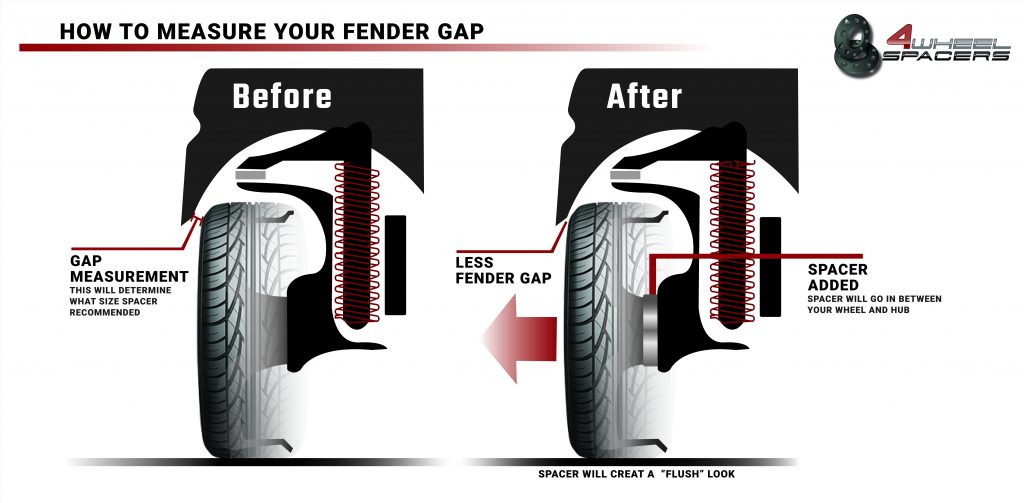 So, narrower tires are preferable here.
So, narrower tires are preferable here.
In the marking, as a rule, there are a couple more numbers that are rarely paid attention to, for example, 91H, 95T. These are indices of carrying capacity and maximum permissible speed. According to special tables, it is not difficult to convert them into specific values of load (in kilograms) and speed (in kilometers per hour).
Here is an example calculation for a maximum speed of 185 km/h. We increase the figure by 15%, since such an increase is possible when driving on a long descent or with a strong tailwind. 185 x 1.15 = 209,3. This number according to table No. 1 is between the values 190 and 210. We round it up and get the index H.
). But in no case should you exceed the speed limit of tires - they will not withstand a large centrifugal force.
Now about the load capacity. The number 82, for example, indicates that the tire is capable of carrying a load of no more than 475 kg. Determine the minimum required for your vehicle based on the maximum axle load at its full weight. Divide this value by two and in the tables (they are shown in the photo gallery at the bottom of the article) select the nearest value, rounding it up. Some tire and car manufacturers recommend increasing the calculated value by 20%, creating some kind of margin.
Determine the minimum required for your vehicle based on the maximum axle load at its full weight. Divide this value by two and in the tables (they are shown in the photo gallery at the bottom of the article) select the nearest value, rounding it up. Some tire and car manufacturers recommend increasing the calculated value by 20%, creating some kind of margin.
On some tires, this set is supplemented by some more symbols.
Related materials
Supertest 18 sets of winter tires: driving into winter
Related materials
What drivers are guided by when choosing tires
XL is a pure bluff, designed to suggest that tires have an increased load capacity. But the real load is determined only by the index described above.
The symbols SUV or 4x4 (depending on the manufacturer) mean that the tires are designed for crossovers or all-terrain vehicles.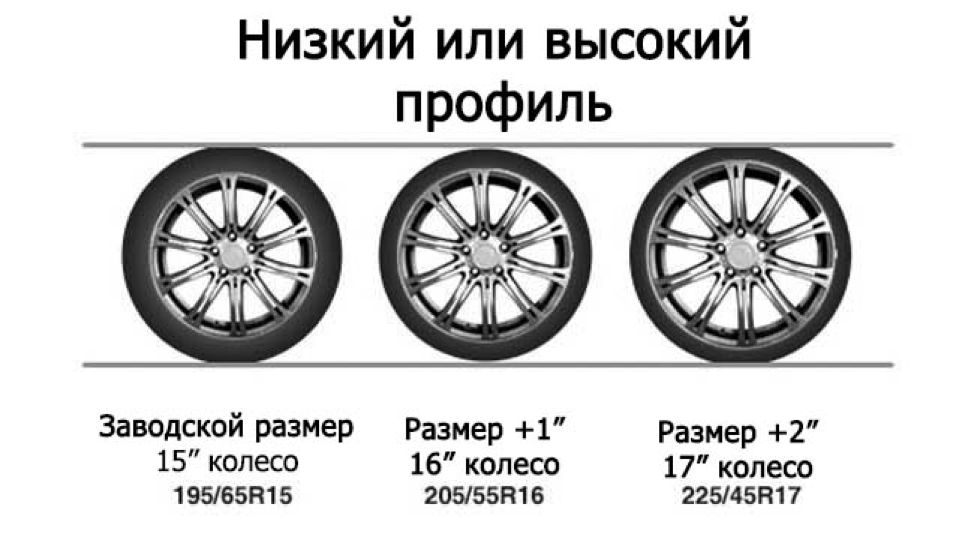 Their main features are a more powerful frame and shoulders reinforced from the inside.
Their main features are a more powerful frame and shoulders reinforced from the inside.
The letter C in the marking (for example, 185/75R16C) refers to light commercial vehicles (minivans and light trucks). Such tires are distinguished by a double index of load capacity (for example, 104/102Q), where the first digit indicates the load capacity of the wheel in a single-wheel version, and the second - in a two-wheel version.
Run-flat tires are able to cover some distance without losing air. They also have a distinctive marking, which is shown in the table (you will find it in the photo gallery below).
There is an opinion that on bad roads it is better to use tires with a high speed index: they are supposedly stronger. There is an element of truth here. An additional reinforcing "padding" between the breaker and the carcass makes the tires a little less vulnerable to impacts. The payoff for this is increased rigidity, sometimes also noise.
In fact, in difficult conditions, tires with a higher load index are preferable. They not only have an additional backing, but also reinforced sidewalls.
Choosing tires: what do the codes on tires mean (INFOGRAPHICS)
Choosing tires: what the codes on tires mean (INFOGRAPHICS)
Choosing tires: what the codes on tires mean (INFOGRAPHICS)
